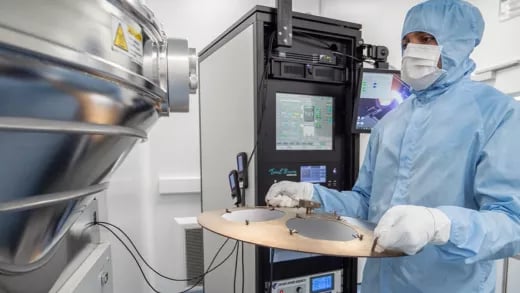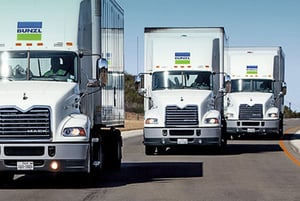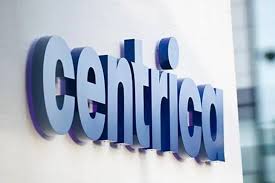From the outside, Ilika’s latest modelling may seem modest, but beneath the surface lies a recalibration in how electric vehicles could chip away at carbon targets. There’s a subtle energy to this development, like a chess move in a game of global emissions, that quietly realigns expectations.
Ilika’s work centres on replacing conventional lithium‑ion cells with solid‑state alternatives in the battery pack of a popular electric SUV. What sets this effort apart isn’t flashy promises of far‑off breakthroughs, but a pragmatic re‑engineering of the battery system for tangible environmental impact. By embracing solid‑state chemistry, they simplify the pack design, reducing components, paring back cooling systems and slashing weight. Each adjustment shifts the balance in favour of lower emissions, and the model shows the cumulative effect could be meaningful.
Imagine shedding roughly 100 kg from the battery pack, thanks to denser cells and thinner materials. Under real‑world testing standards, even without extending range, the lighter vehicle uses noticeably less energy: around 180 Wh/km versus 186 Wh/km today. Over a decade, that trims close to 420 kg of CO₂‑equivalent per car just from everyday driving. And that’s before counting the gains from fewer pack components or the efficiency of faster charging with less cooling loss. These design choices could cumulatively save over 1.4 tonnes of CO₂e per vehicle, approximately a 13 percent drop in lifecycle emissions compared to equivalent lithium‑ion packs.
What makes this low‑key breakthrough compelling for investors is the composite of environmental and technical signals. Rather than betting on a single dramatic advancement, Ilika’s package represents a series of feasible, interlocking changes, each with measurable benefits to cost, manufacturability, and emissions. The modelling appears disciplined: using real vehicle specs, validated weight reductions, and thorough lifecycle analysis under pan‑European grid conditions. That boosts confidence that these aren’t hypothetical gains, but realistic improvements linked closely to manufacturing upgrades already in progress.
Broader implications emerge when you zoom out. Auto OEMs have long held interest in solid‑state chemistry for its energy density and safety, but integration into a full pack has lagged. Ilika has modelled actual system‑level gains: lighter packs, simpler cooling, fewer parts. It’s the kind of systems thinking that could ease OEM adoption, especially as supply chain and lifecycle targets become more critical. And as the industry wrestles with ESG mandates and pressure for lower BEV lifetime emissions, these incremental yet meaningful wins may translate directly into regulatory advantage and lower capital expenditure on cooling and thermal safety.
This development also dovetails with Ilika’s wider strategy. The company is pressing forward with production scale‑up, including prototype 50 Ah Goliath cells and industrial roll‑out trialled at the UK Battery Industrialisation Centre, under supportive UK funding programmes. Their recent collaboration models indicate concrete strides toward automotive‑grade output. This modelling work, therefore, isn’t speculative, it reinforces commercial progress already in the pipeline.
From an investor vantage, the appeal lies in risk‑adjusted positioning. Solid‑state batteries carry an aura of transformational potential, but few firms have demonstrated real‑world emissions modelling tied back to a production roadmap. Ilika is staking a middle ground: not claiming headline‑grabbing breakthroughs, but anchoring environmental impact in systemic optimisation. If they continue delivering on cell prototypes, scale‑up, and OEM interaction, the modelling sets a framework for how solid‑state economics and ESG benefits might emerge jointly.
The cautious language, “when SSB reach the market”, “the model suggests”, signals realism. It tempers expectations, while simultaneously presenting data‑driven proof of concept. For investors, this matters. Rather than hyped promises, we have measurable shifts: 100 kg less pack weight, 70 Wh/km incremental efficiency, 13 percent lifecycle carbon reduction. It’s exactly the kind of concrete underpinning that can support future commercial discussions or valuation inflection.
In this light, Ilika’s announcement is not about revolution, but evolution, an evidence‑based nudge toward better battery architecture. And for long‑term investors, it’s a signal that SSB might begin delivering meaningful emissions improvements sooner than widely thought, at scale, and in real-world applications.
Ilika plc (LON:IKA) is a pioneer in solid state battery technology enabling solutions for applications in Industrial IoT, MedTech, Electric Vehicles and Consumer Electronics.







































